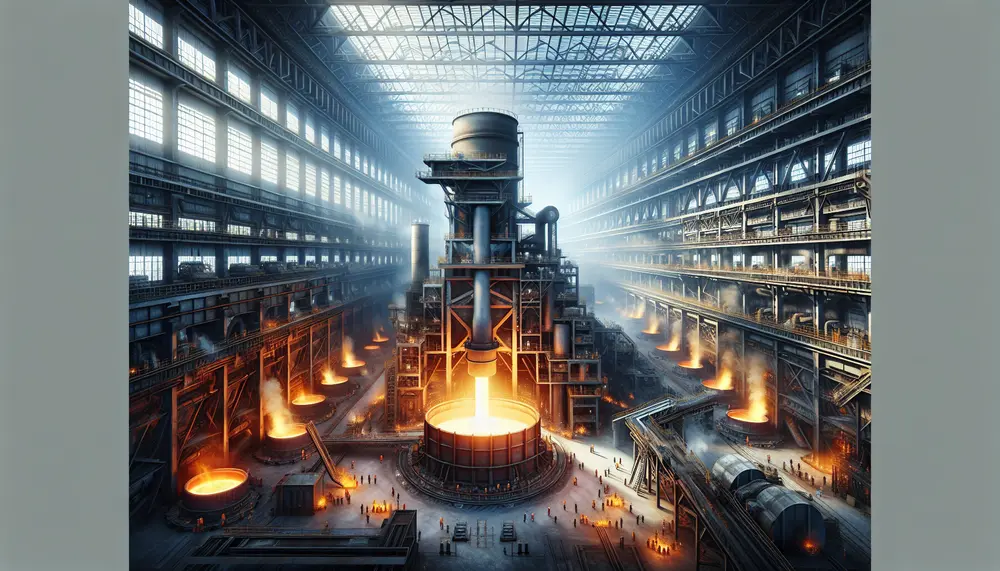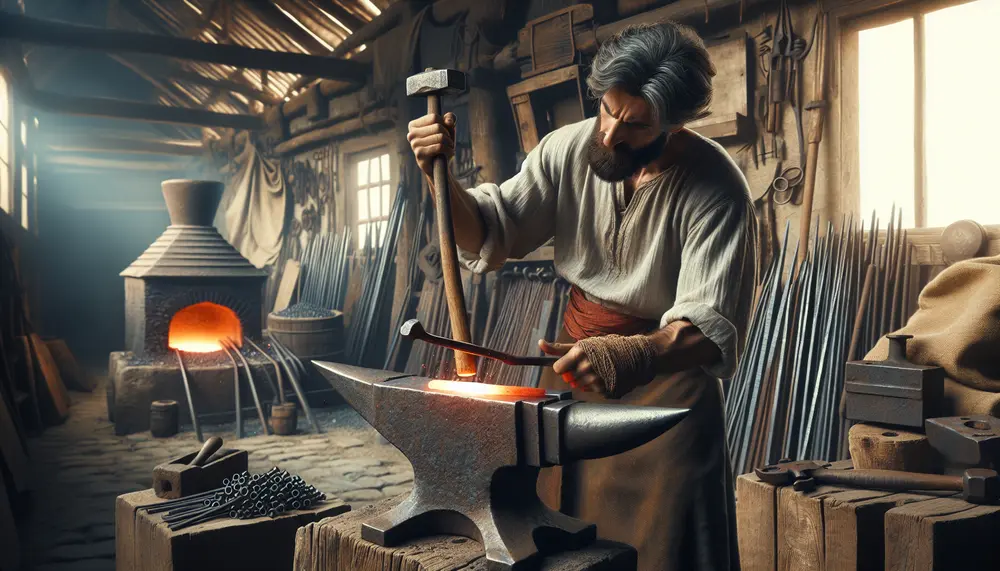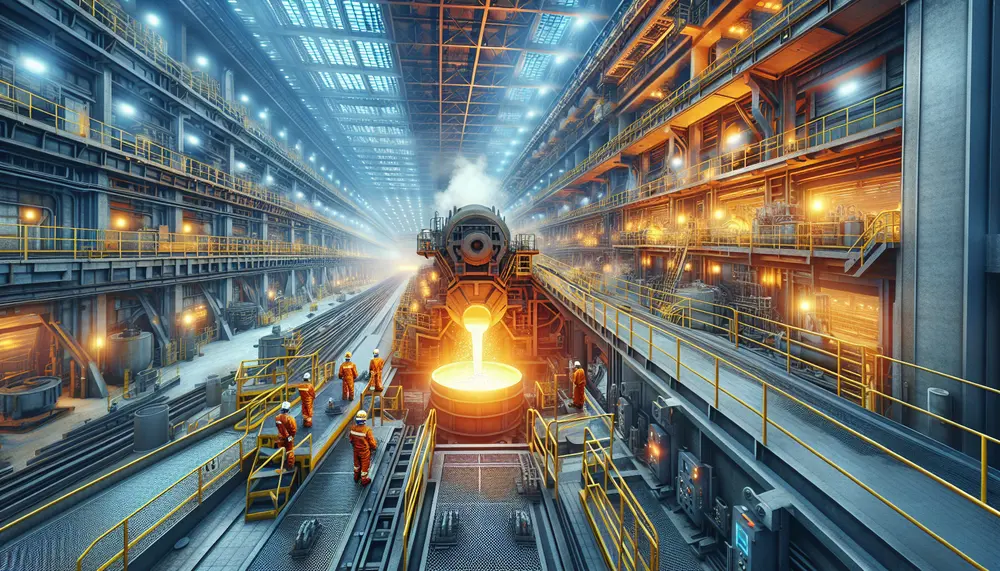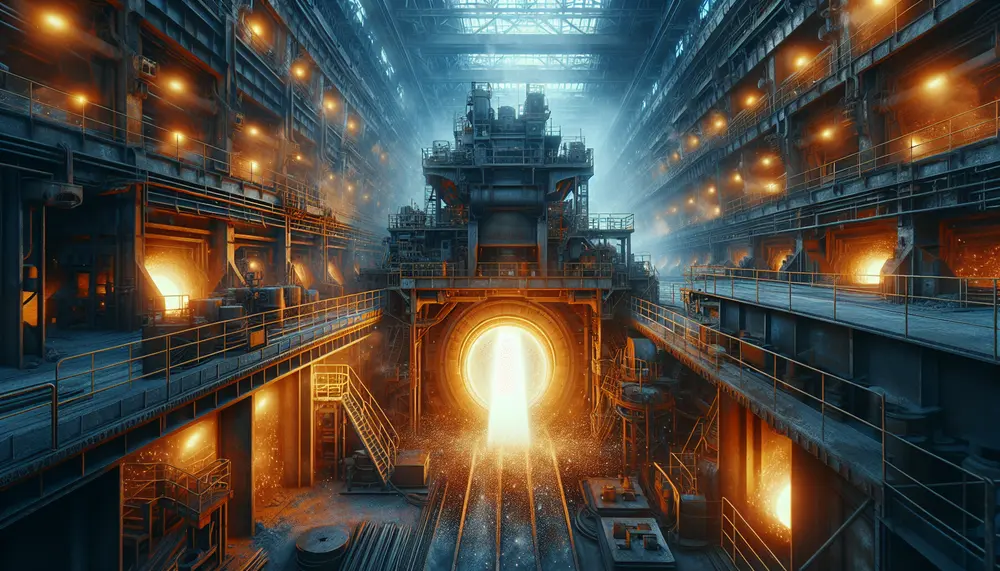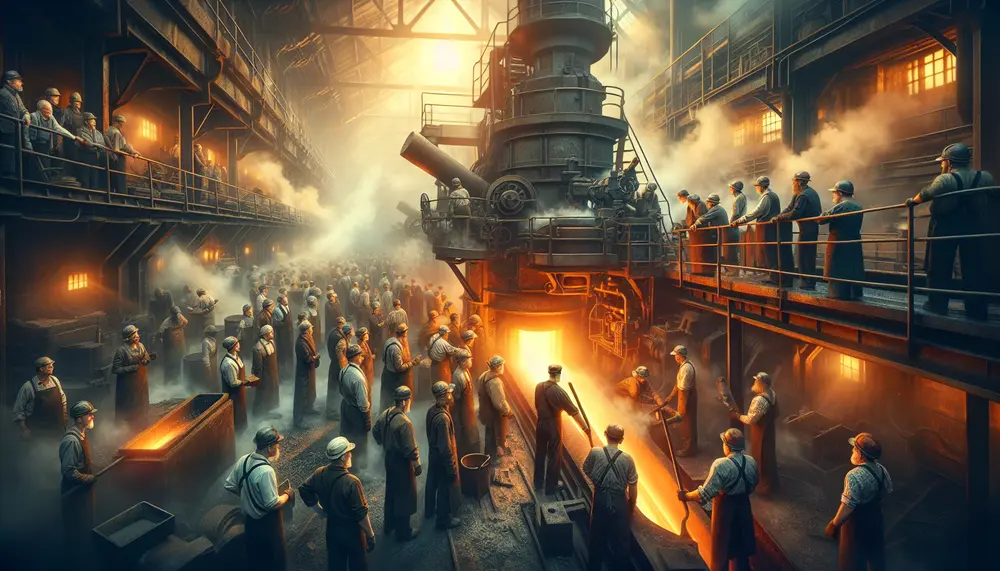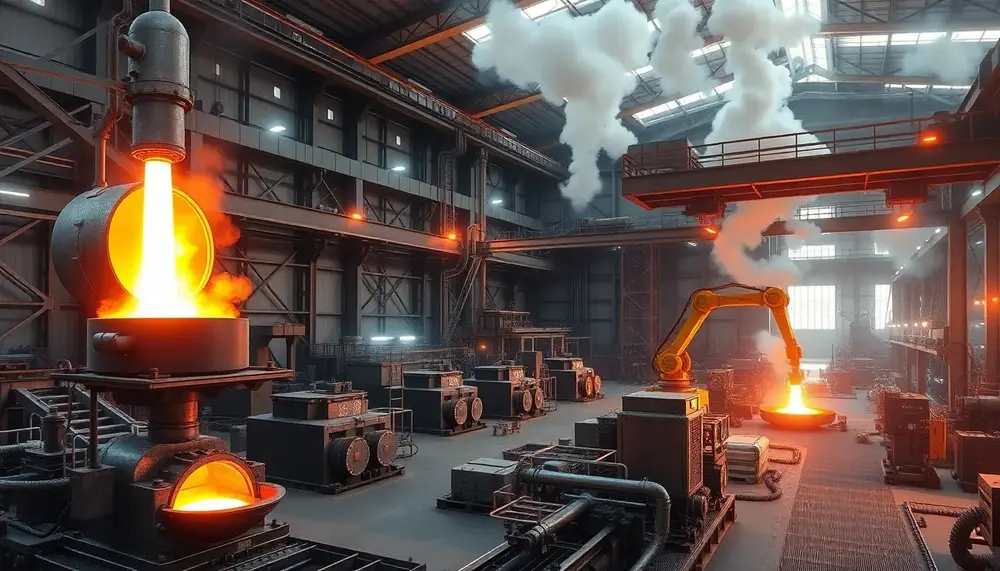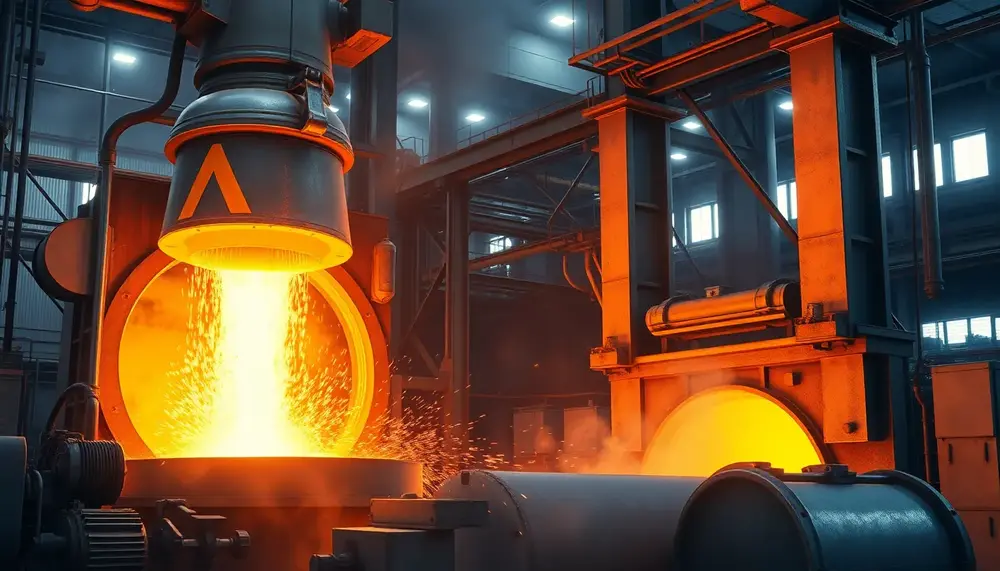Was ist ein Open-hearth furnace?
Ein Open-hearth furnace ist eine art von Stahlerzeugungsanlage, die lange Zeit eine vorherrschende Rolle in der weltweiten Stahlindustrie spielte. Wörtlich übersetzt bedeutet Open-hearth furnace "offene Herd Ofen". Ein markantes Merkmal dieses Stahlerzeugungsverfahrens ist der massive, flache Ofen, in dem das Roheisen, Schrott und andere Zutaten vermischt und erhitzt werden.
Wie funktioniert ein Open-hearth furnace?
Open-hearth furnaces arbeiten auf der Grundlage der Hitze, die durch die Verbrennung von Gas im Ofen erzeugt wird. Diese Hitze wird genutzt, um das Roheisen und den Stahlschrott zu schmelzen und eine chemische Reaktion auszulösen, die das unerwünschte Kohlenstoff und andere Elemente entfernt. Das Ergebnis ist ein äußerst reinen Stahl, der für eine große Anzahl von Industriezwecke verwendet werden kann.
Geschichte des Open-hearth furnace
Der Open-hearth furnace wurde im 19. Jahrhundert erfunden und revolutionierte die Stahlproduktion und den Stahlhandel. Seine Fähigkeit, große Mengen an höchst reinem Stahl zu produzieren, machte ihn zu einer beliebten Wahl für Stahlproduzenten weltweit. Es ist jedoch wichtig zu beachten, dass die Open-hearth furnace Technologie heute weitgehend durch effizientere und umweltfreundlichere Methoden ersetzt wurde.
Die Bedeutung von Open-hearth furnace im Stahlhandel
In der Vergangenheit spielte der Open-hearth furnace eine zentrale Rolle im Stahlhandel. Aufgrund seiner Fähigkeit, hochwertigen Stahl in großem Maßstab zu produzieren, trug er maßgeblich zur Stahlproduktion und zum Wachstum der globalen Stahlindustrie bei. Obwohl der Open-hearth furnace heute nicht mehr so verbreitet ist, bleibt seine historische Bedeutung unbestritten.

